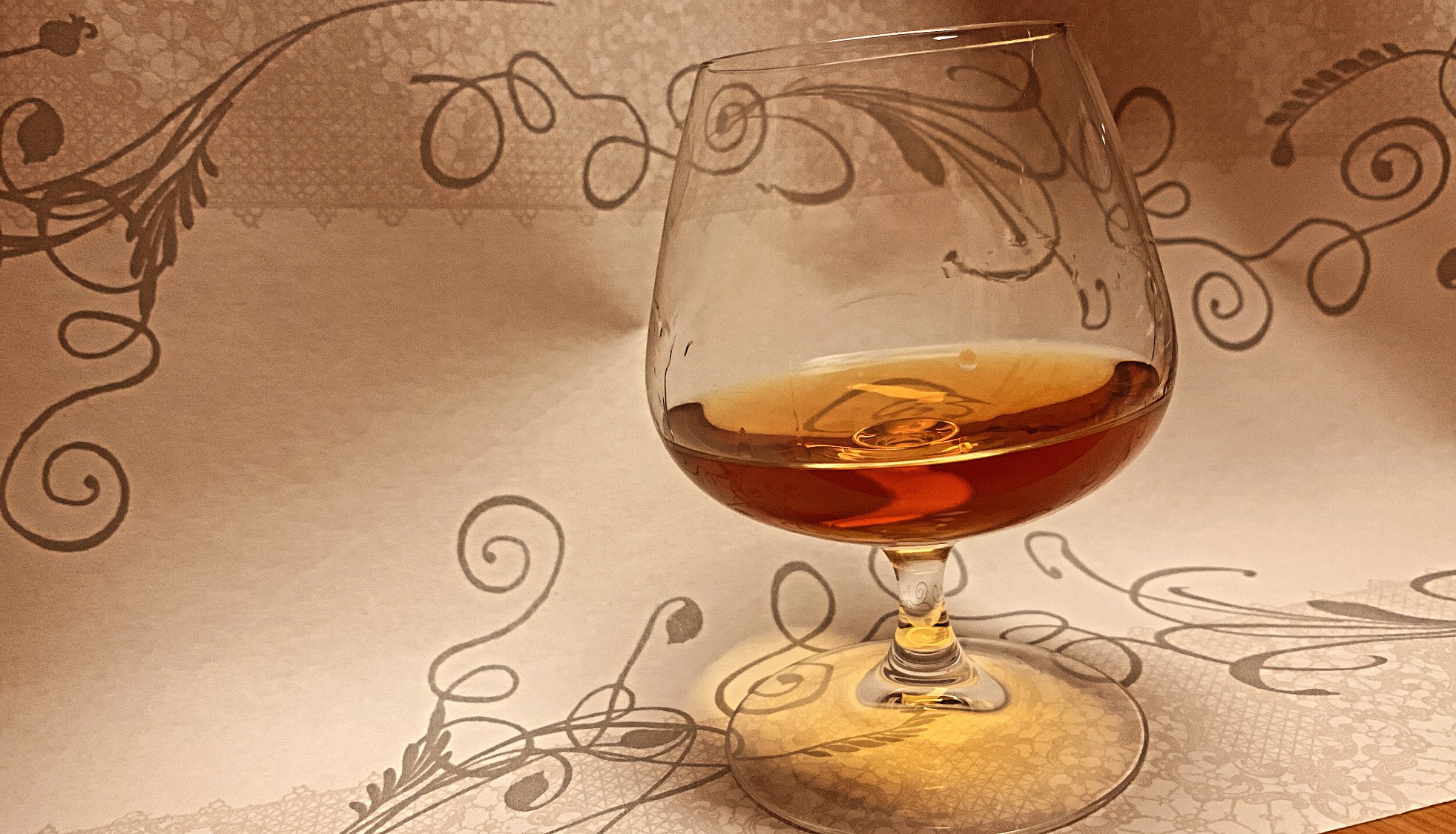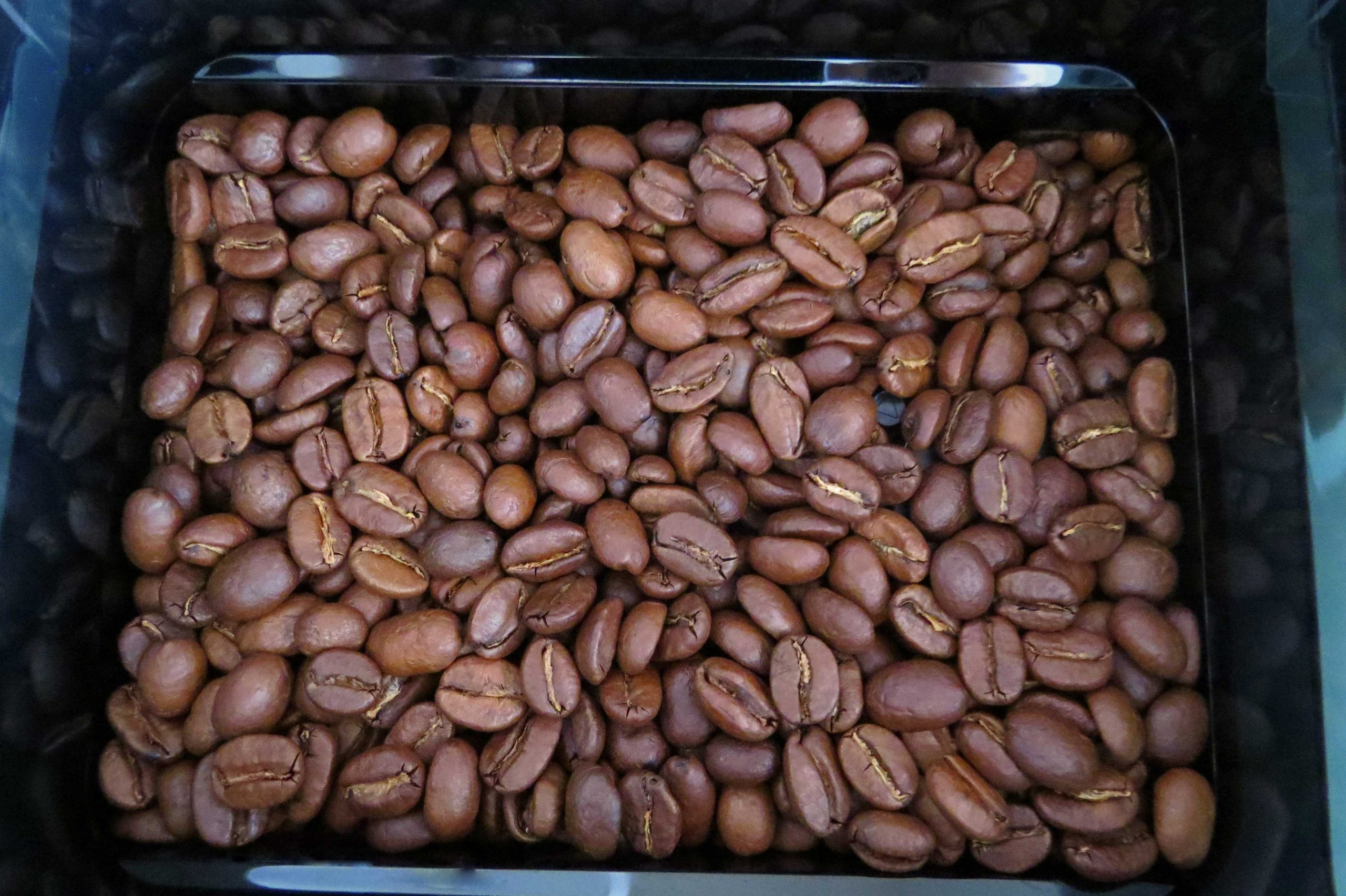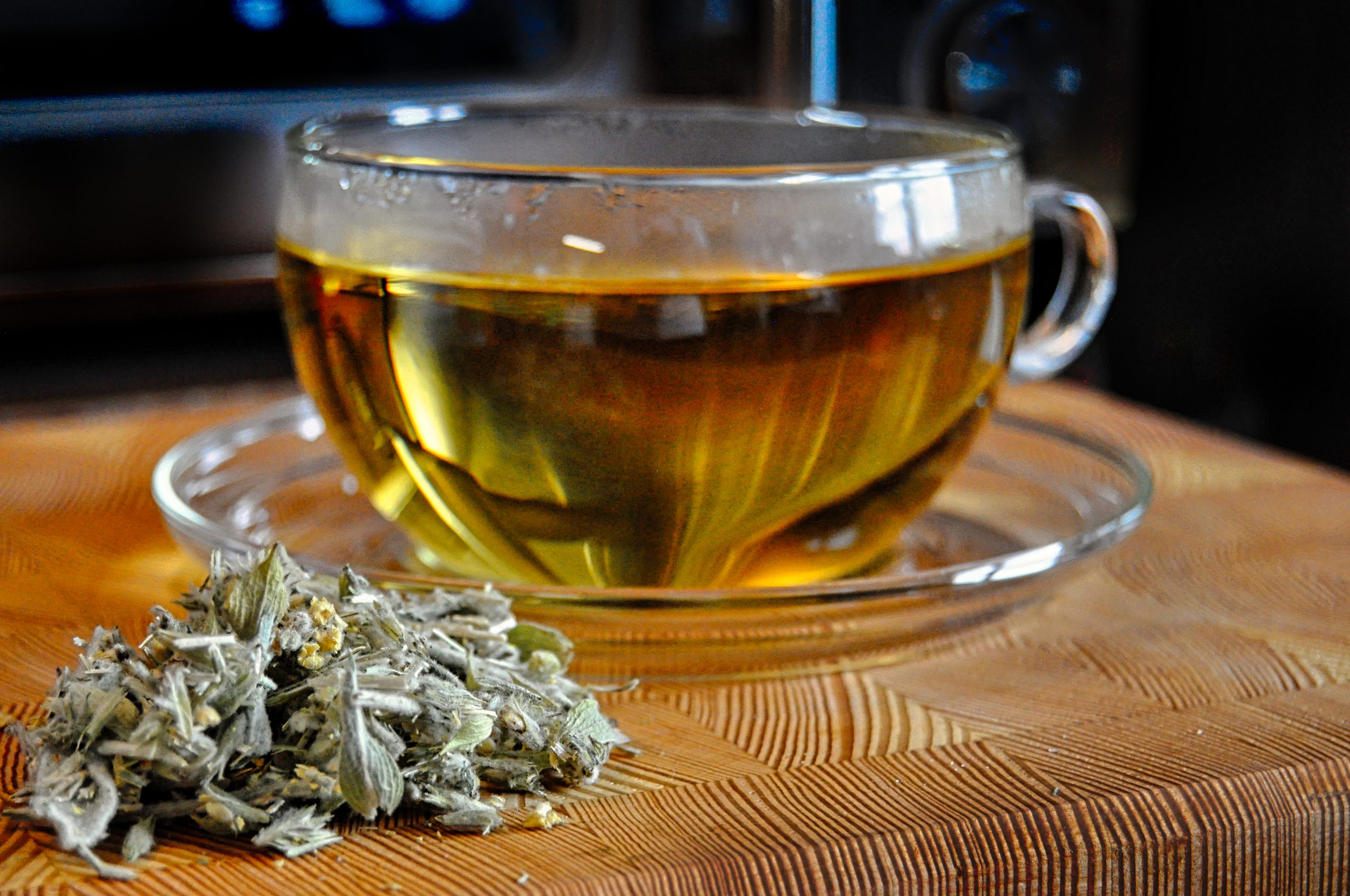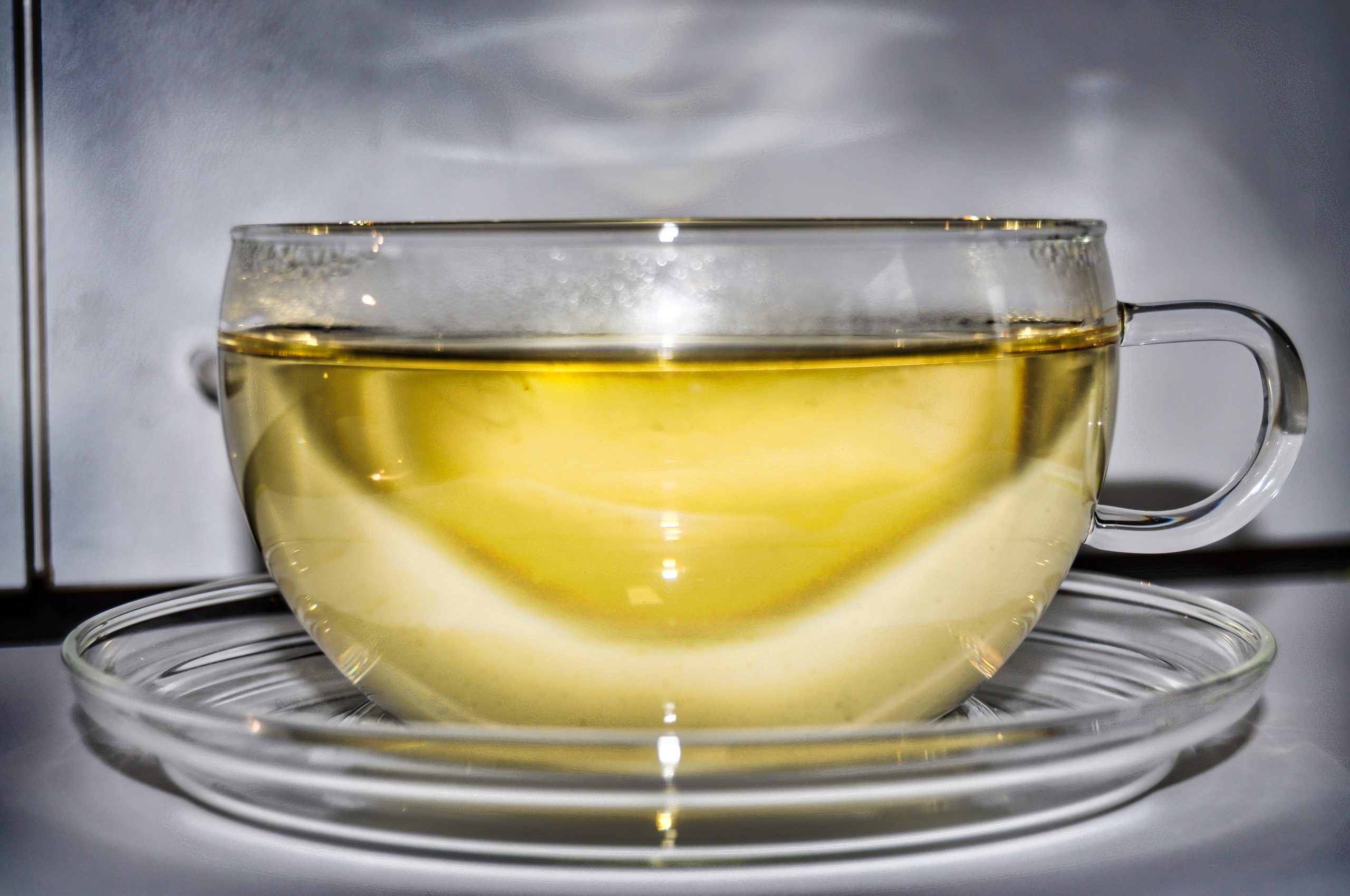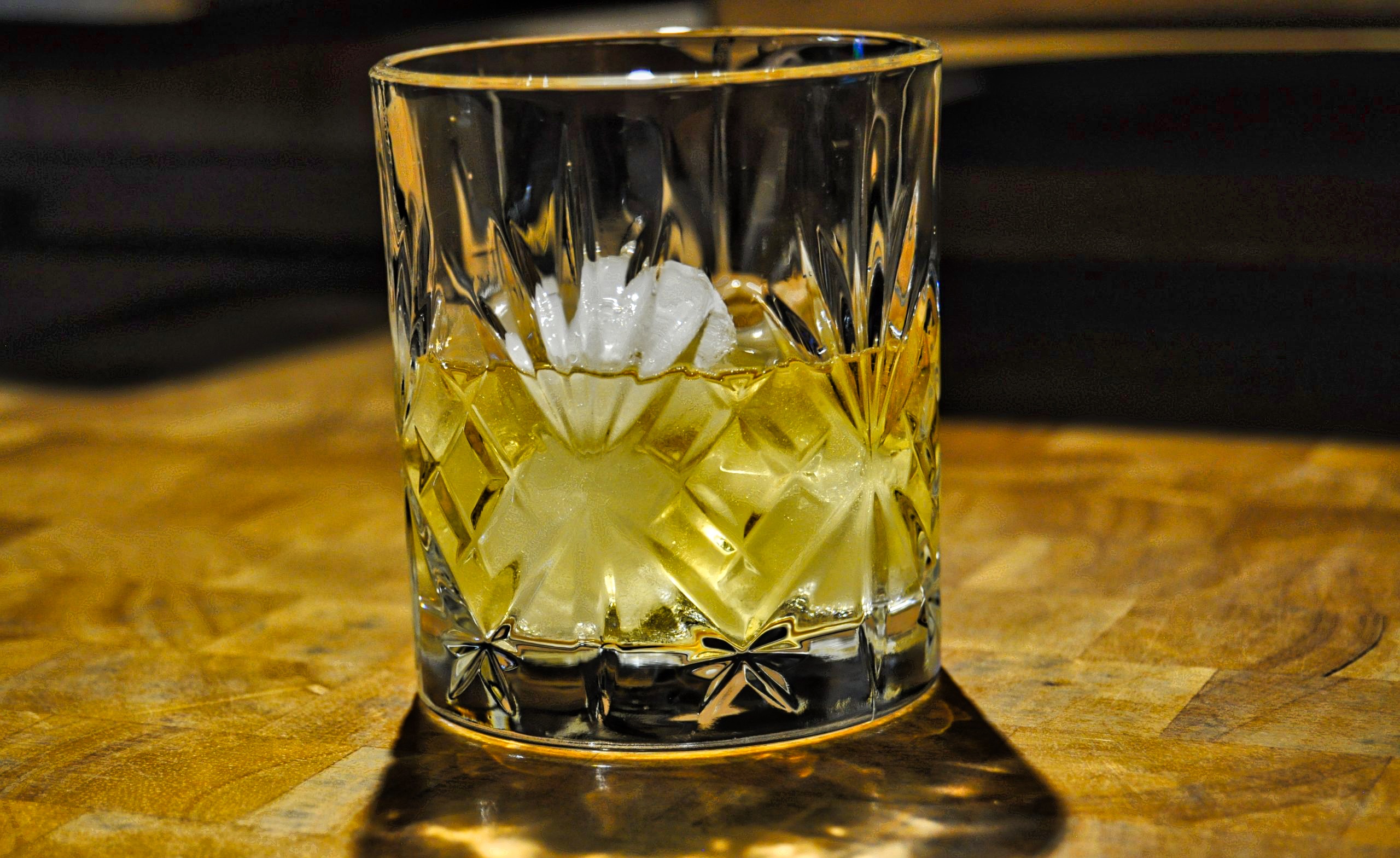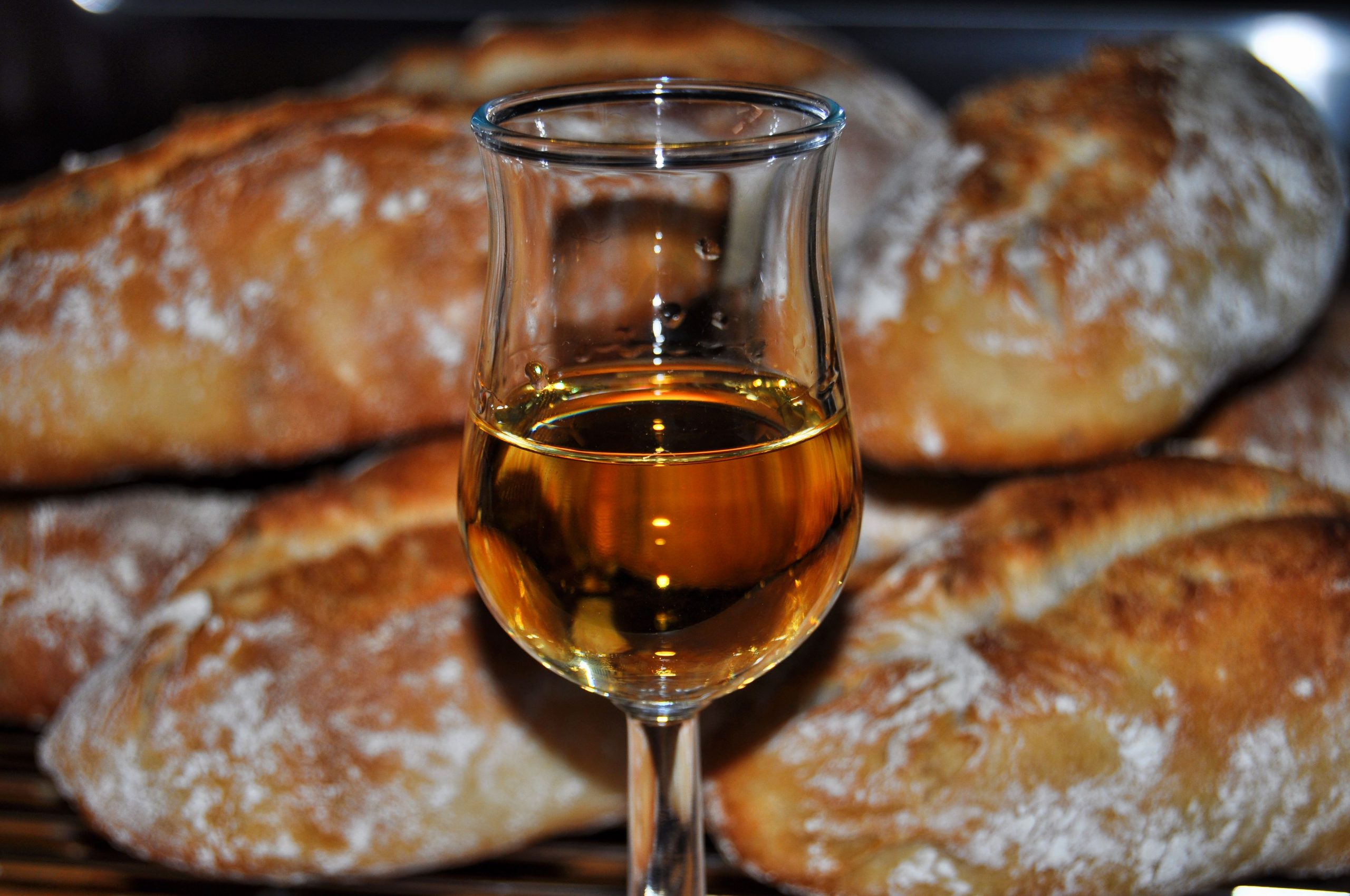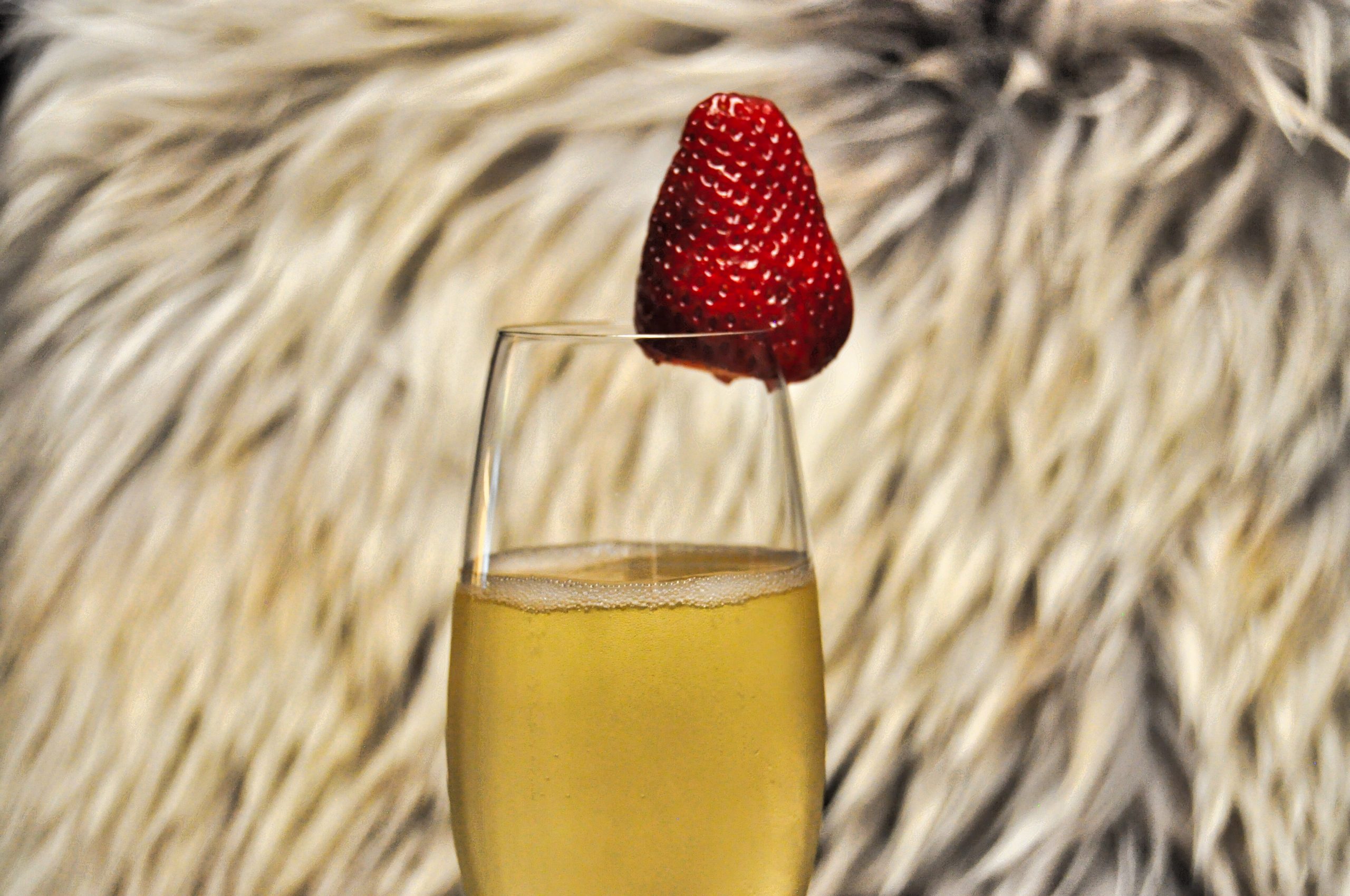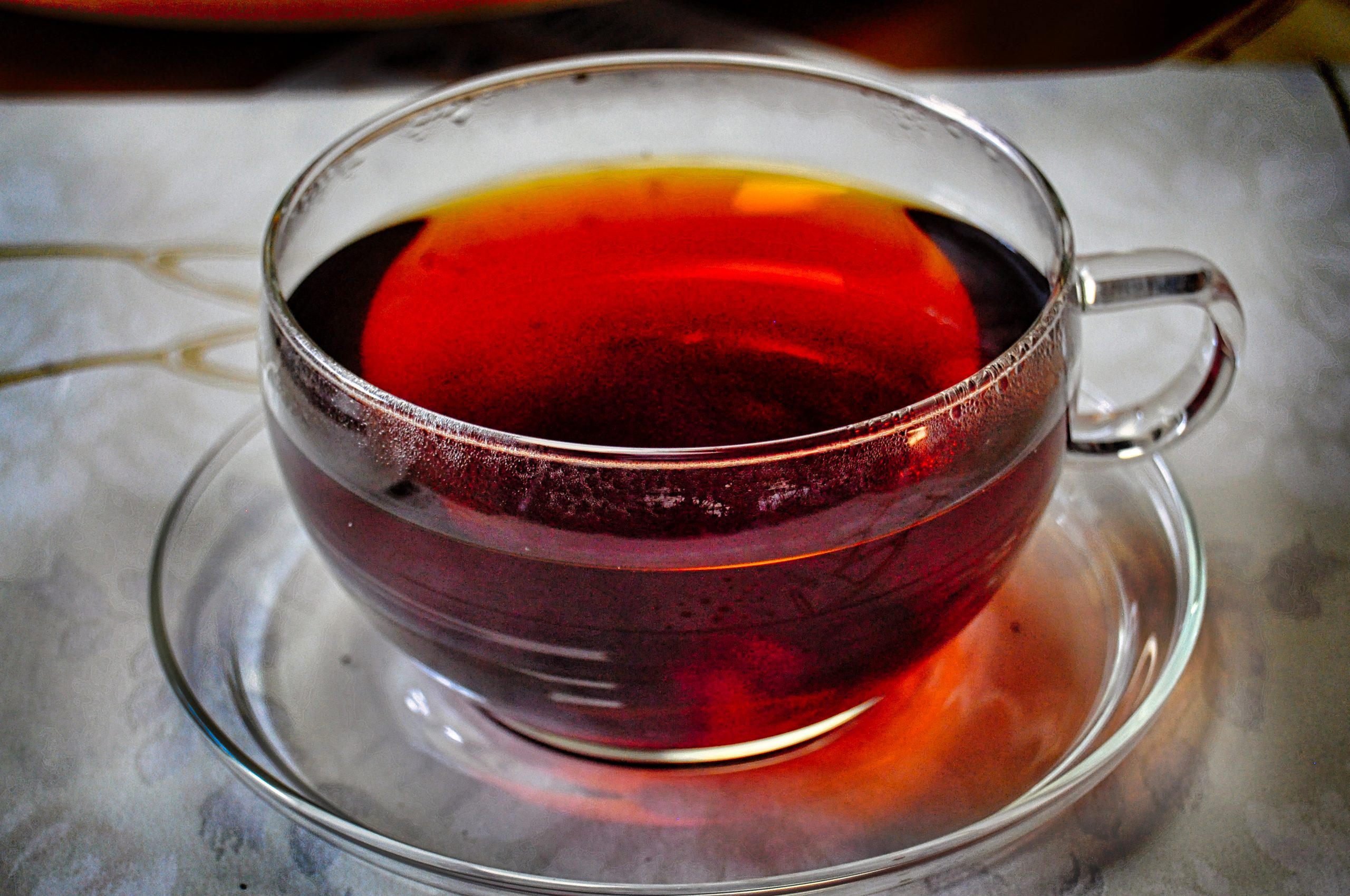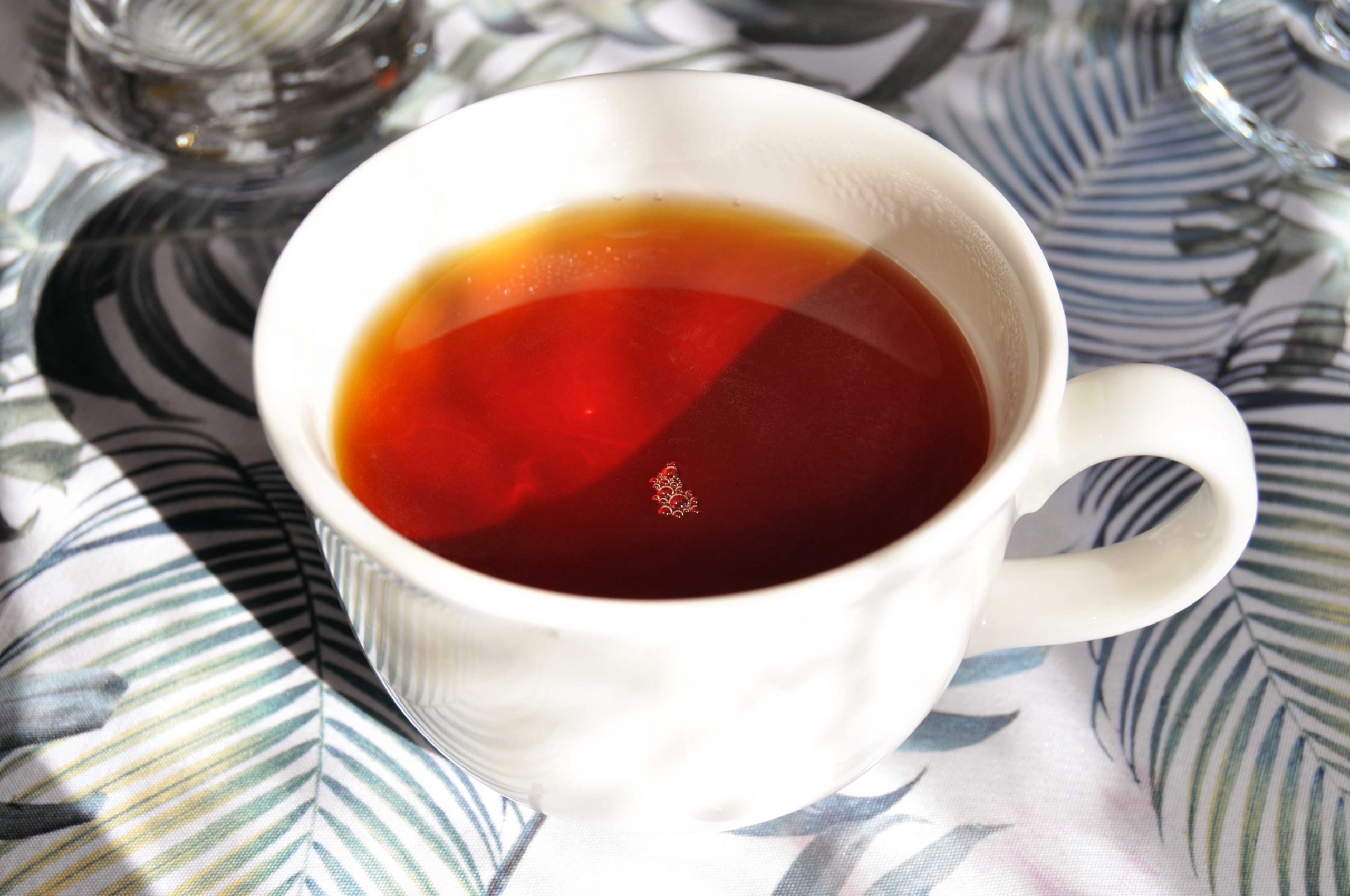Among tea aficionados, it is considered one of the most diverse and characterful teas in the world: Darjeeling tea is named after the Indian district of the same name in the far north of the country. Darjeeling is surrounded by strongholds of Central Asian culture: the district borders Nepal to the west, Bhutan to the east and Tibet to the north. The imposing mountain ranges of the Himalayas are nearby as well.
When the writer Mark Twain made a trip to Darjeeling in the 1890s, he was not only impressed by the wildlife he could observe on the roadside: the vegetation “resembles a museum”, as he noted in his travel diary.
The landscape in Darjeeling is full of religious allusions: The name Darjeeling comes from the hill Dorji Ling, where generations ago the deity Indra is said to have caused a lightning strike. In the Vedic scriptures, Indra is considered the deity of rain and storms, among other things. Today, this place is called Observatory Hill: it is the highest point in Darjeeling province.
The last 150 years in Darjeeling show that even respected botanists can be wrong.
Tea in Darjeeling? Impossible
Contrary to what is often claimed, tea cultivation in Darjeeling began only about 150 years ago: claims that tea cultivation in Darjeeling is something that has existed for millennia are easily refuted.
The highly respected English botanist Joseph Dalton Hooker (1817-1911) formulated during his lifetime that it was a near impossibility to grow tea in the high altitude region of Darjeeling. The botanist judged that the Darjeeling region was too high, there was too little sunlight and the climate was too humid. The first tea farmers in Darjeeling must have felt exactly like the Danish writer Tania Blixen, who was ridiculed by contemporaries when she was the first to try growing coffee on the heights of Kenya.
The last 150 years in Darjeeling show that even respected botanists can be wrong.
East India Company
One thing is certain: although tea bushes have become an essential part of the Darjeeling region, tea bushes are not originally indigenous there.
The history of Darjeeling is closely interwoven with the history of the British East India Company: For a very long time, tea was grown exclusively in China. This was extremely annoying for the East India Company: the Chinese had their own ideas about trade and only accepted certain means of payment from the British. The Chinese knew that the British were dependent on their tea: After tea was initially only a luxury product for the aristocracy, it advanced to become a mass drink in the British Empire in the 18th century.
In the middle of the 19th century, the East India Company was desperately looking for tea cultivation possibilities on British territory…
How did the tea bush come to Darjeeling?
The Tea Committee, founded in February 1834, was set up specifically to find new tea-growing areas in India. The first discovery made by the committee in the 1830s was the tea-growing area now known as Assam, the largest coherent tea-growing area in the world.
Large quantities of Assam tea could be produced for the East India Company in a relatively short time: This made the British less dependent on imports from China. But every tea connoisseur knew at the time: tea from India tasted nowhere near as intense as tea from China, where the tea plant had been native since time immemorial. Back then, Assam teas tasted intense and had a strong volume, but they lacked finesse: Only Chinese tea could offer that.
In some tea boutiques in Europe, the arrival of the new First Flush Darjeeling in spring is a festivity.
An agent and the tea
The aim of the East India Company was to imitate the flowery aroma of Chinese tea as best as possible on Indian soil. But the tea farmers in China did not think of giving away the seeds of their tea plants and their knowledge about tea cultivation. The East India Company resorted to agents who penetrated into the interior of China and smuggled the tea plants out of the country. One of these agents was an Englishman named Robert Fortune: As part of a perfectly planned enterprise, he smuggled tea plants out of the interior of China and brought the plants to, among other places, the newly established tea gardens in northern India, which were located near the Himalayan mountains. Some of his tea plants found their way to the Indian province of Darjeeling, where one of the world’s most precious teas was soon being cultivated…
First Flush Darjeeling
There are two major categories of Darjeeling: First Flush Darjeeling and Second Flush Darjeeling.
First Flush Darjeeling is harvested from late February to mid-April and is therefore considered a spring tea. First Flush Darjeelings have a slightly fruity, often grassy aroma and come with a very slight acidity. First Flush Darjeelings often command the highest prices on the tea market: In some tea boutiques in Europe, the arrival of the new First Flush Darjeeling in spring is a festivity.
All Darjeeling teas, both first and second flush, do not need to be blended with other teas to make blends: With most other black teas, this is common practice.
Second Flush Darjeeling
After a short resting period, called the Banji period by the locals, the second harvest of tea plants in Darjeeling takes place from May to June: This is the time when the leaves for Second Flush Darjeelings are harvested.
As midsummer approaches, the tea plants change: The leaves of the second flush harvest are larger than those of the first flush harvest. The hot summer climate on the tea slopes of Darjeeling province gives the product stronger colours and much more intense flavours.
Darjeeling tea is often said to have aromas reminiscent of a muscatel wine: second flush Darjeelings are said to possess this aroma to a special degree.
Monsoon Flush and Autumn Flush
In addition, there are the two far less important categories Monsoon Flush and Autumn Flush. The Monsoon Flush is harvested from July to September during the monsoon season and is considered to be of lower quality than the First and Second Flush. With the Monsoon Flush, quantity trumps quality. The Darjeeling produced during this period, unlike First and Second Flush teas, is sold without any relation to individual tea gardens and is auctioned centrally.
The Autumn Flush, which is harvested within a relatively short harvest period from October to November, is considered one of the best Darjeeling teas among connoisseurs. Autumn Flush Darjeeling teas have an amber-yellow colour and taste of chocolate and dried apricots.
Very often, a veil of mist hangs over the tea slopes.
Climate and geography
When growing Darjeeling tea, if one grows it in the province of Darjeeling, one gets a Darjeeling tea. If one grew the same tea bush in South India, it would not be Darjeeling in taste – it would be South Indian tea.
The tea slopes of Darjeeling offer the perfect climate for the tea bushes like no other growing region in the world: the sunshine with five to six hours of sunshine per day and that for only about 180 days a year is ideal. Very often, a veil of mist hangs over the tea slopes: This humid climate, which prevails often during the year, provides the bushes with an optimal supply of water. The geographical proximity to the snow-covered Himalayan mountains results in a dry, cold air current that often passes through the tea slopes: This air current reduces the relative humidity and thus causes the aromas in the tea leaves to concentrate optimally.
Orthodox method
Although the climatic and geographical conditions in the Darjeeling province could not be more optimal for tea cultivation: Darjeeling would not be what it is without the human element in its production. Human hands are required during every step of the Darjeeling production process. Harvesting cannot be left to machines, and not every tea leaf on the bush is suitable for further processing. The fermentation process also depends on a trained nose, which can smell when a tea has reached its optimal degree of fermentation.
Where other tea growers in the world have long since resorted to machines, the tea growers in Darjeeling still rely on the classical method, in which virtually no machines are used. This method is also called the “orthodox method”: Without any doubt, this orthodox method of tea production is the reason why so many tea connoisseurs around the world appreciate Darjeeling teas for their exceptional richness of flavour.
Cover picture: A Black Second Flush Darjeeling Tea from Margaret’s Hope Tea Garden, © Simon von Ludwig
Main source: Koehler, Jeff: Darjeeling: A History of the World’s Greatest Tea, 2015 Bloomsbury Paperbacks

 Deutsch
Deutsch
